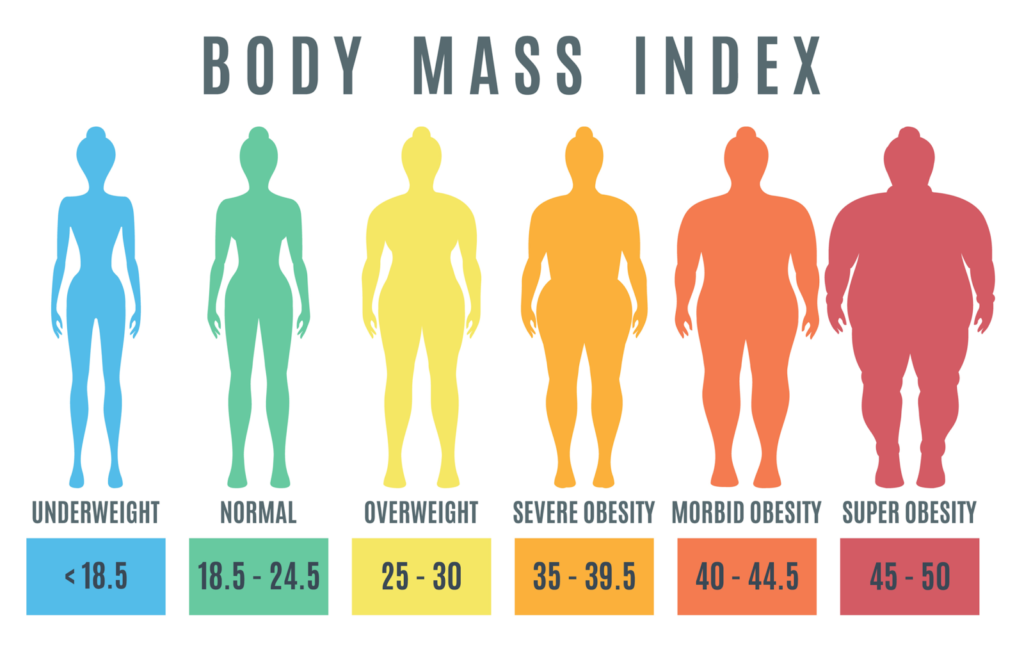Obesity and overweight are prevalent, epidemic in nature, and considered a global health crisis (Foss & Dyrstad, 2011). The severity and widespread propagation of the aforementioned conditions increases the risk of coronary artery disease, high blood pressure, dyslipidemia, type 2 diabetes, and stroke. Moreover, obesity contributes to approximately 120,000 preventable deaths every year in North America (Thorogood et al., 2011). Thus, interventions endorsing fat loss have been promoted and associated with reducing the health risks related to overweight and obesity (Gardner et al., 2011). In the following sections, I would like to explore nutritional interventions as a method of reducing both bodyweight and body fat. Specifically, is there an ideal and sustainable nutritional protocol to reduce the prevalence of obesity and overweight?
Several diets exist that claim to reduce bodyweight such as the Atkins, Zone, LEARN, and Ornish diets (Gardner et al., 2011). Each approach is characterized by different macronutrient ratios; Atkins focuses upon a lower carbohydrate contribution and higher fat intakes. The Zone diet implements a 40:30:30 ratio of carbohydrates, fats, and proteins, respectively. The LEARN diet emphasizes exercising more and abiding by the traditional U.S. department of Agriculture Food Pyramid (i.e., <30% fats and 55-60% carbohydrates). Finally, the Ornish diet focus upon almost an entire exclusion of fats by advocating less than 10% contribution of total daily caloric intake (Gardner et al., 2011). Why might there be so many approaches?
The weight loss field is pervasive, constituting a multibillion-dollar industry (Johnston et al., 2014). Deliveries of dietary approaches are accomplished through group class instruction, books, DVDs, and online support. Such an incentivized field will encourage businesses to heavily promote and market their particular product and approach. This often leads to mixed messages of the ideal diet, and a general sense of confusion from the consumer (Johnston et al., 2014). Thus, it is imperative to examine and compare multiple nutritional philosophies to determine the efficacy of each.
Johnston et al. (2014) analyzed several popular diets: Atkins, South Beach, Zone, Biggest Loser, Jenny Craig, Nutrisystem, Volumetrics, Weight Watchers, Ornish, and Rosemary Conley. A network meta-analysis was performed reviewing forty-eight randomized control trials (RCT), which contained the ten aforementioned diet brands. Weight loss results were measured at the six and twelve month post intervention for each RCT. Each diet brand was grouped together based on similarities (i.e., macronutrient composition). Thus, the low carbohydrate class included Atkins, South Beach, and the Zone diet. The moderate carbohydrate class included Biggest Loser, Jenny Craig, Nutrisystem, Volumetrics, and Weight Watchers. Finally, the low fat class included the Ornish and Rosemary Conley diets (Johnston et al., 2014). Of particular interest is the indication that all types of diets yielded similar levels of weight loss (Johnston et al., 2014). That is, the authors noted there were some statistically significant differences between dietary approaches, but not important or relevant enough to recommend one approach over another. Instead, it would appear that general caloric restriction was the mechanism of weight loss (Johnston et al., 2014).
In conclusion, general and consistent caloric restriction seems to cause weight reduction. However, surmising caloric restriction as a stand-alone method of improving the complete and long term health status of an obese/overweight individual may be short-sighted; there is merging evidence to suggest that low fat and moderate macronutrient diets, which also include low amounts of protein contribution, may help reduce body fat but they also cause significant losses of muscle (Volek, Quann, & Forsythe, 2010). Additionally, chronic consumption of larger portions of carbohydrates (i.e., Weight Watchers and LEARN diets contain ~60% calories from carbohydrates) can also lead to low grade chronic inflammation, which has been associated with insulin resistance, cardiovascular disease, and type 2 diabetes (Pereira, Almeida, Alfenas, & Cassia, 2014). Thus, if we wish to help individuals lose weight, it behoves us to also question the sustainability, long-term efficacy, and physiological consequences of general nutritional recommendations that we provide, and to remember that a calorie is not just a calorie.
References
Foss, B., & Dyrstad, S.M. (2011). Stress in obesity: Cause or consequence? Medical Hypotheses, 77, 7-10.
Gardner, C.D., Kim, S., Bersamin, A., Dopler-Nelson, M., Otten, J., Oelrich, B., & Cherin, R. (2010). Micronutrient quality of weight-loss diets that focus on macronutrients: Results from the A to Z study. The American Journal of Clinical Nutrition, 92, 304-312.
Johnston, B.C., Kanters, S., Bandayrel, K., Wu, P., Naji, F., Siemieniuk, R.A., …Mills, E. (2014). Comparison of weight loss among named diet programs in overweight and obese adults. A meta-analysis. Journal of the American Medical Association, 312(9), 923-933.
Pereira, F., Almeida, P.G., Alfenas, C.G., & Cassia, R. (2014). Glycemic index role on visceral obesity, subclinical inflammation and associated chronic diseases. Nutricon Hospitalaria, 30(2), 237-243.
Thorogood, A., Mottillo, S., Shimony, A., Filion, K.B., Joseph, L., Genest, J., … Eisenberg, M.J. (2011). Isolated aerobic exercise and weight loss: A systematic review and meta-analysis of randomized controlled trials. The American Journal of Medicine, 124, 747-755.
Volek, J.S., Quann, E.E., & Forsythe, C.E. (2010). Low-carbohydrate diets promote a more favourable body composition than low-fat diets. Strength and Conditioning Journal, 32(1), 42-47.
-Michael McIsaac




